Growing geese, the poultry farmer seeks to obtain not only highly valuable meat, but also offspring. Without experience and knowledge of bird physiology, this is difficult to do. After reading everything about hatching eggs under the goose, it’s not a fact that it will turn out the first time. However, gaining experience, you can get excellent egg production and hatchability of young animals.
How to plant a goose on eggs
Before planting a goose, you need to make sure that the laid eggs are of high quality and fertilized. Given that egg production begins in February, the diet of the breeding stock should be improved from the beginning of January. Enter in the diet:
- more feed of animal origin (whey, reverse, meat and bone meal);
- steam green leaves of clover and alfalfa hay (for this period, the best are selected and harvested);
- add potassium permanganate (potassium permanganate) to the water. The lack of this element leads to low fertility of eggs. The solution is given slightly pink, 1 time per day.
Carrying out additional illumination, follow the continuity of the process. Turn on the light in the evening for 2-3 hours regularly. Abrupt termination can stop egg production and even cause molting. Light day for the breeding herd should be at least 14 hours.
When the goose sits on the eggs
Of all poultry, geese have the lowest reproductive index and a pronounced seasonal laying pattern.
The goose begins to lay eggs in February-March. Sometimes it drags on until June. All processes are very individual and depend on:
- breeds;
- diet;
- daylight hours;
- age.
In most breeds, egg production increases with age. (The exception is the Kuban and Chinese breeds - their egg production decreases with age). Do not expect to get large offspring from young geese, but 4-5 year old individuals will provide a quality hatch. This also applies to males. The gander has the ability to fertilize from 9 months of age, but the quality of the sperm is low and the eggs remain empty. A 3-4 year old male will give you a very good percentage of goslings.
The average fertility rate is 80-85%. This is due to the fact that the first laid eggs are usually empty. Spermatogenesis in males is delayed and does not keep pace with oviposition. At the same time, the transfer of a gander does not indicate that the sperm is filled and the egg will be fertilized. That is why it is recommended to keep 25% of males in the herd. This is of course economically costly, but significantly increases the percentage of fertilized eggs.
Many are interested in how to find out if a fertilized egg or not . There is no way to determine this visually. However, if you practice keeping one gander for 3 geese, then the fertility reaches 95-100%.
A goose lays one egg a day. She can lay the next egg the next day, or maybe 3-4 days later. The goose lays eggs at different times. The next day, the laying time is pushed back (with daily laying). If the frequency of oviposition is 1 in 4-5 days, then, as a rule, the egg is "issued" in the morning.
It is not possible to force a goose to sit on eggs before the oviposition stops. But after the end, it makes no sense to force - she will sit down herself.
How many eggs does a goose lay
The goose lays eggs in cycles. To determine how often one or another individual lays eggs, it must be monitored. If the geese are different in color, then this is easy. If not, then they are marked, for example, with greenery. It is not difficult to catch the female in the nest, and then they record. Having laid a certain number of eggs, the goose takes a break for 5-6 days (for everyone individually), and then starts laying eggs again.
The goose carries 35-40 eggs a year (sometimes up to 60). Some sources indicate the number 120. This is possible, but only if the goose resumes egg-laying after a while. The primary process can stretch for 3-4 months (sometimes up to 7-8). Everything is very individual. For example, the Kholmogory breed does not have high egg production and will not give you more than 30 eggs. Lindowskie geese have an average egg production of 40-50 eggs. Toulouse - 30-40. The egg production of geese is not an indicator of productivity, and even when describing the breed, the numbers are very conditional. It all depends on nutrition and maintenance.
For uniform egg production, the flock is formed by birds of different ages:
- at least 10% should fall on the share of young animals;
- two-year-olds - 20-30%
- three-year-olds - 40-50%;
- four-year-olds - no more than 10%.
How many eggs to lay under the hen is a master's business. If the female is large, then it may well heat 15 pieces . If the feathered one is not large, then 12-13 .
How long does a goose sit on eggs
Incubates eggs laid by nature. It is clear from the goose that she has finished laying eggs and is preparing to incubate. She:
- stays in the nest for a long time;
- after exile returns to the nest;
- if one of the relatives still claims the nest, he zealously drives it away, in the struggle for eggs;
- if there are nests nearby, it tries to roll other people's eggs under itself.
To check the female's confidence in her intentions, you can put a mock-up (an egg polished from white brick). If the goose is “seated” and does not leave the egg, then you can add a full platform and remove the layout. You can put no more than 15 eggs under the goose. They do it at night.
If the nests are nearby, and the geese go for a walk at the same time, there are times when they change nests. It is better not to allow this. Experienced poultry farmers try to keep the nests separate.
It is also unacceptable to keep nests with the bird that continues to lay eggs. The mother goose can accept "replenishment", and it will be difficult to distinguish fresh from incubated.
How to store goose eggs for hatching geese
If the geese are accustomed to the nest, then a mock egg is placed in it. Then it is left, and the laid eggs are taken away. Eggs need to be collected frequently. This is especially important in frosty weather. Hypothermia (even temporary) can adversely affect the hatchability of goslings.
Eggs are stored in a clean dry box at a temperature of 14-16 ᵒС for no more than 15 days. Experienced poultry farmers claim that if the egg is of high quality and fertilized , then even after 20 days of storage, the offspring appears viable.
To increase the shelf life of eggs after 5 days of storage, heat in an incubator for 4-5 hours. In this case, the storage period can be extended by another 10 days. Read everything about the correct incubation of goose eggs here .
Under the hen for incubation choose eggs:
- medium size (small and large are not suitable);
- clean minor blots are washed with a solution of potassium permanganate. Do not use concentrated solutions, brushes and caustic detergents. The shell has porosity and the violation of the protective film will immediately lead to damage to the egg;
- whole. This cannot be determined visually. Eggs must be clarified before incubation. By attaching an egg to an ovoscope or a lamp, a flashlight, you can clearly distinguish cracks and marbling. Both the first and the second are not placed under the hen;
- aligned in shape. Tubercles, belts and irregularities allow the eggs to be rejected. You can put them under the goose in a pinch, but don't count on a high yield.
Do not think that all the eggs laid by a goose will be suitable for lining. However, if the indicator is 70%, then this is good.
How many days the goose hatches - individually for each case. Experienced poultry farmers have evidence that goslings hatched on day 32. In very hot weather, incubation is faster, and by day 28 all eggs can turn into goslings.
DIY goose nest
To build a nest, you can use:
- boxes;
- boxes;
- baskets.
In any case, they must be:
- spacious;
- clean;
- comfortable;
- allow birds to freely enter and leave the nest.
The size of the nest is selected for a specific individual. The mother hen does not sit quietly in the nest She "cares" for the eggs, turns them over, swaps them. Movement should not be constrained. Nest 85x70 may well meet the requirements of the mother hen. The height of the nest should not be less than 80 cm. If the nest is not liked, the goose can leave it and the offspring will be lost.
The nest is equipped in a place where:
- dry (despite the fact that the goose is a waterfowl);
- secluded;
- slightly dimmed light (complete darkness is not suitable).
The goose must have free access to food and water. If the bird does not get up on its own, then it is taken out of the nest for feeding and emptying the intestines. She enters the nest herself. Walking the female for 20 minutes is considered normal. During the absence of the goose in the nest, inspect the eggs. If there is a broken one, delete it.
Pay attention to food. They should be of high quality, nutritious, easily digestible, vitamin and plenty. How to feed goslings at different ages read in this article . 90% of success depends on the usefulness of the diet. Using not tricky rules and watching the bird, you can easily achieve good egg production and high hatchability of young animals under the mother goose.


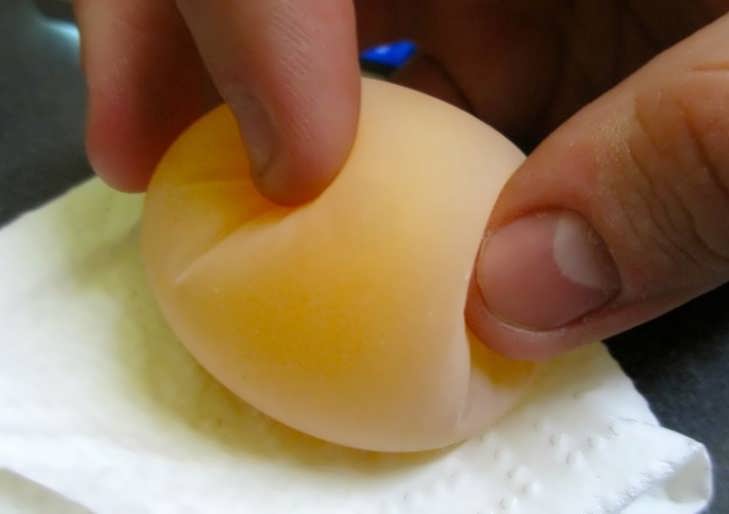

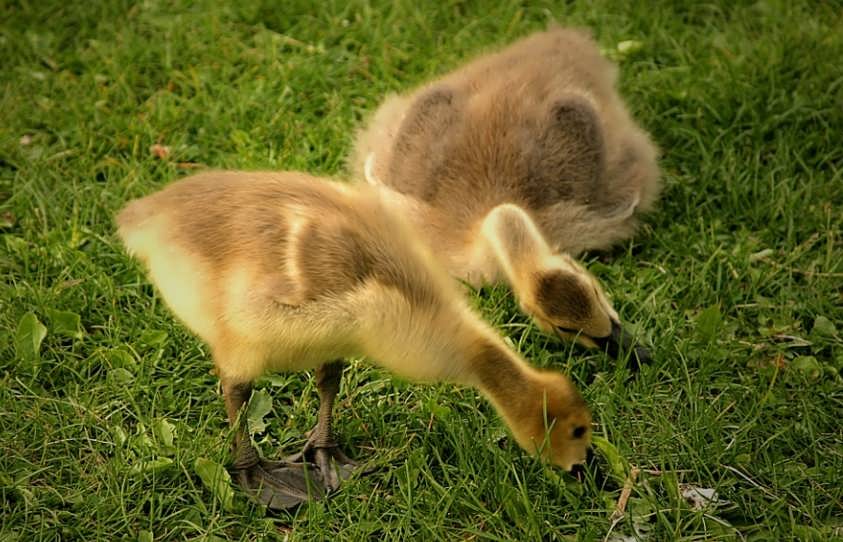
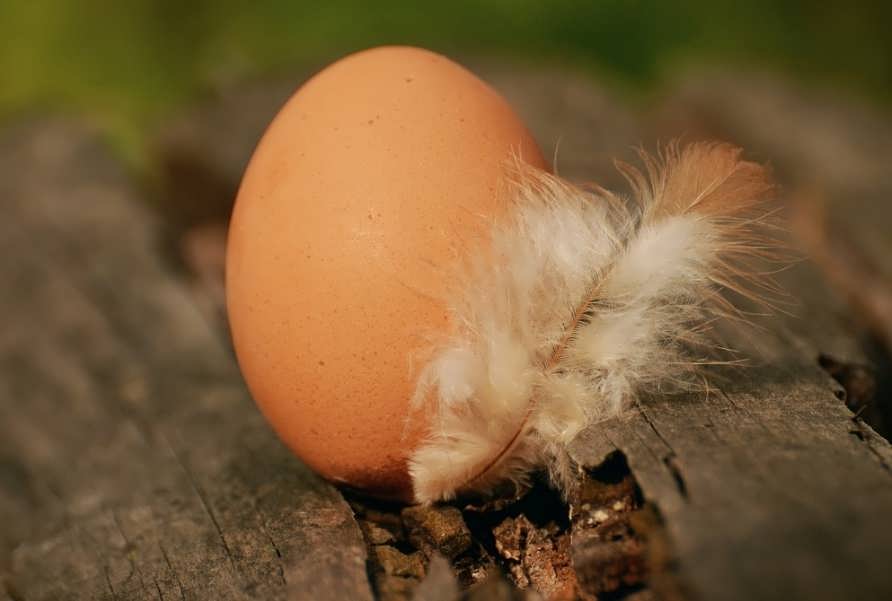
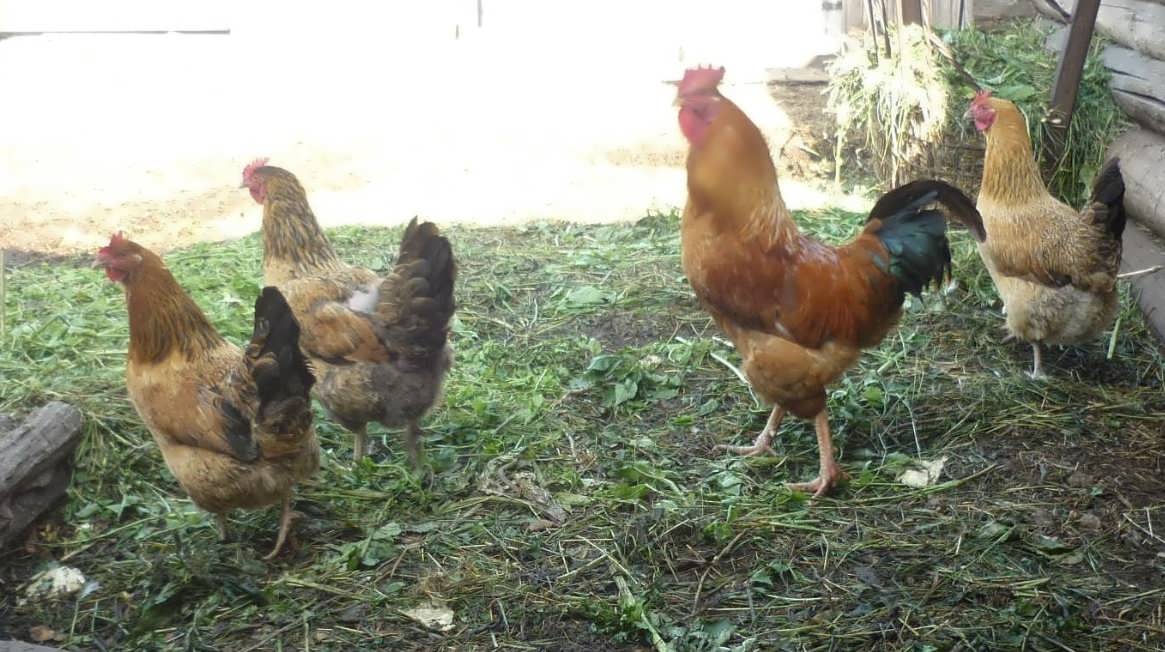
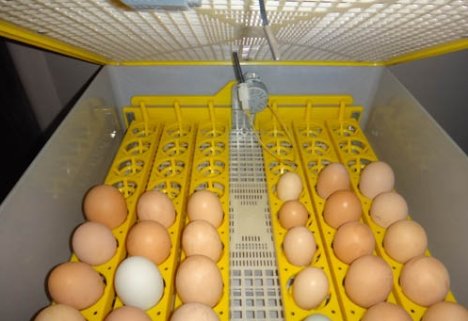
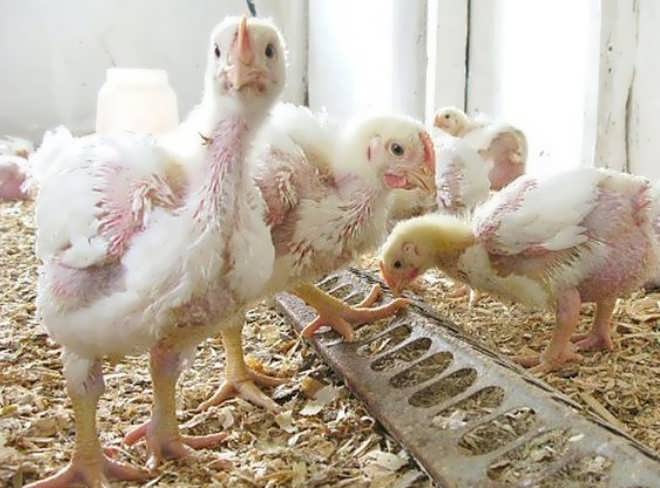
Thank you for everything, but there are a lot of mistakes.
and you go to school, they write correctly there. and here the collective farm is voluntary. errors do not affect egg production. I understand everything and this is the main thing. Thank you ! health to you…….
The article is useful and understandable.
The article is useful and understandable. Thank you.
that’s all it’s written on the case, thanks, otherwise they fill the chat with nonsense and insignificant and unimportant words to get better, thanks again!
Hello, the goose has been making a nest for a month, and has been sitting in the nest for more than a day, but did not lay eggs, what to do
One goose can impose a full-fledged masonry on itself and hatch it?